Astrophysics
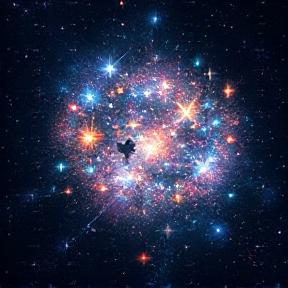
Massive Stars Make Their Mark in Hubble Image
Massive Stars Make Their Mark in Hubble Image The Hubble Space Telescope has captured an image of Markarian 178 (Mrk 178), a blue dwarf galaxy located 13 million light-years away, featuring a unique blend of young stars and rare massive Wolf-Rayet stars. Mrk 178 is one of over 1,500 Markarian galaxies, named after Armenian astrophysicist […]
🔬 Science
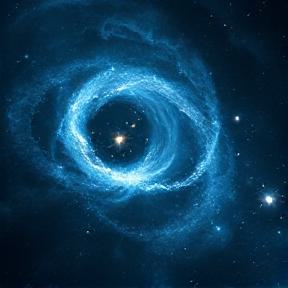
When darkness shines: How dark stars could illuminate the early universe
When darkness shines: How dark stars could illuminate the early universe Scientists using NASA’s James Webb Space Telescope have discovered three potential dark star candidates, which could alter our understanding of how ordinary stars form. Dark stars are not exactly stars and are thought to be powered by a mysterious substance called dark matter, which […]
🔬 Science
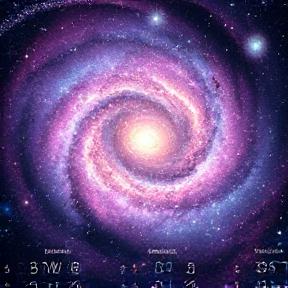
Hubble Studies Star Ages in Colorful Galaxy
Hubble Studies Star Ages in Colorful Galaxy Hubble Space Telescope has captured an image of the spiral galaxy NGC 6000, located 102 million light-years away, showcasing stars of various ages and colors. The galaxy’s center features older, smaller stars with a glowing yellow hue, while its outskirts boast brilliant blue star clusters hosting young, massive […]
🔬 Science
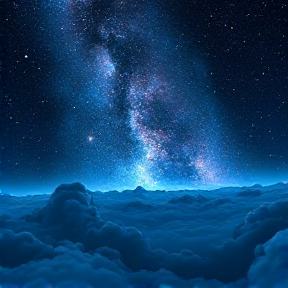
October’s Night Sky Notes: Let’s Go, LIGO!
October’s Night Sky Notes: Let’s Go, LIGO! September 2025 marks the 10th anniversary of the first direct detection of gravitational waves by LIGO, a milestone that confirms Albert Einstein’s 1916 theory of General Relativity. Gravitational waves are ripples in space-time created by massive objects accelerating in space, such as black holes merging or stars going […]
🔬 Science
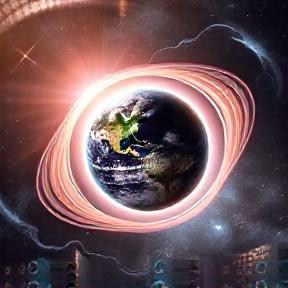
Discovery Alert: ‘Baby’ Planet Photographed in a Ring around a Star for the First Time!
Discovery Alert: ‘Baby’ Planet Photographed in a Ring around a Star for the First Time! Researchers have discovered a young protoplanet called WISPIT 2b embedded in a ring-shaped gap in a disk encircling a young star, marking the first time a planet has been directly observed in one of these gaps. The protoplanet WISPIT 2b […]
🔬 Science

There’s less water on distant planets than previously thought
There’s less water on distant planets than previously thought Researchers at ETH Zurich have found that distant planets outside our solar system have much less water on their surfaces than previously thought. The study, which used computer simulations to model planetary evolution, shows that sub-Neptunes like K2-18b are unlikely to be “Hycean worlds” with large […]
🔬 Science
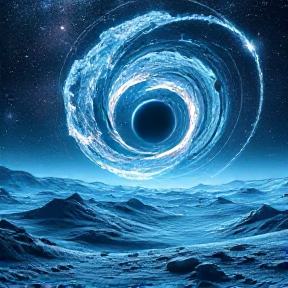
The discovery of a gravitational wave 10 years ago shook astrophysics – these ripples in spacetime continue to reveal dark objects in the cosmos
The discovery of a gravitational wave 10 years ago shook astrophysics – these ripples in spacetime continue to reveal dark objects in the cosmos Gravitational waves were first detected in 2015 from the merger of two black holes, marking a major breakthrough in astrophysics and confirming one of Einstein’s predictions. The detection of gravitational waves […]
🔬 Science
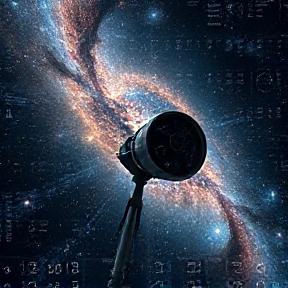
Hubble Spies Galaxy with Lots to See
Hubble Spies Galaxy with Lots to See Hubble Spies Galaxy with Lots to See: The NASA/ESA Hubble Space Telescope has captured a stunning image of galaxy NGC 7456, located over 51 million light-years away in the constellation Grus. Galaxy Details Revealed: The Hubble image reveals fine detail in the galaxy’s patchy spiral arms, clumps of […]
🔬 Science
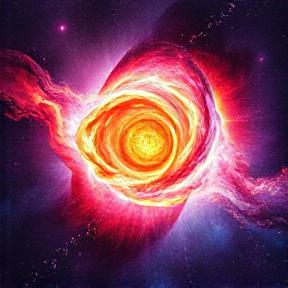
NASA’s Chandra Reveals Star’s Inner Conflict Before Explosion
NASA’s Chandra Reveals Star’s Inner Conflict Before Explosion NASA’s Chandra X-ray Observatory has revealed that a star called Cassiopeia A (Cas A) underwent a violent rearrangement of its interior just hours before it exploded as a supernova. The study found that part of an inner layer rich in silicon traveled outwards and broke into a […]
🔬 Science
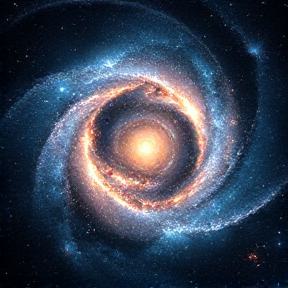
Hubble Surveys Supernova-Rich Spiral
Hubble Surveys Supernova-Rich Spiral Hubble Space Telescope has released a stunning image of the spiral galaxy NGC 1309, showcasing its intricate details and hundreds of distant background galaxies. The galaxy is notable for hosting two supernovae: SN 2002fk, a Type Ia supernova, and SN 2012Z, a Type Iax supernova that defied expectations by leaving behind […]
🔬 Science
